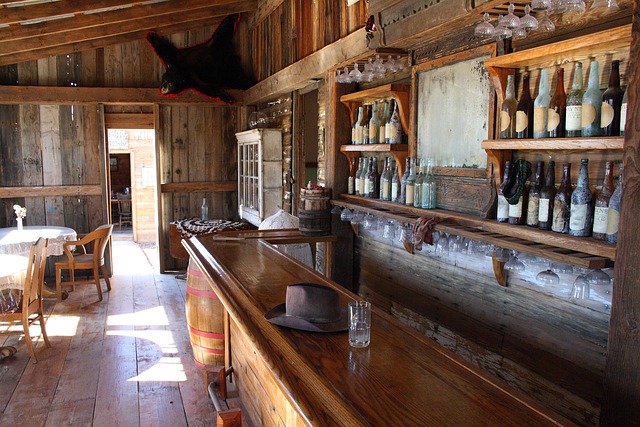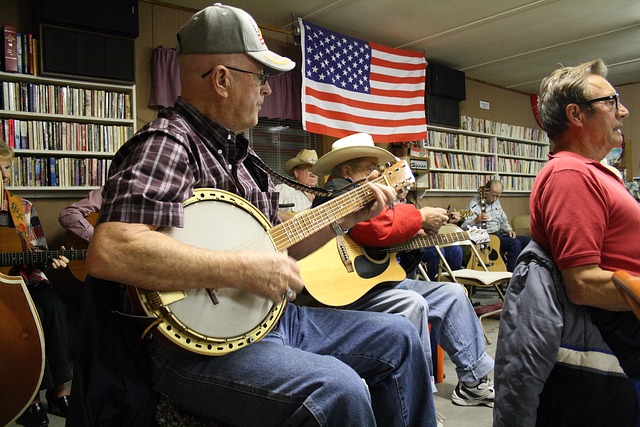Seasonal trends significantly influence urban real estate, with summer's population surge driving market activity and winter bringing temporary drops in population. These fluctuations impact property demand, values, and local business strain, requiring adaptable strategies for professionals. Understanding these dynamics is crucial for guiding buyers, sellers, and investors, ensuring year-round market desirability. (Keywords: Real Estate)
In urban areas, the contrast between scorching summers and bustling winters reveals intricate seasonal dynamics that significantly impact local real estate markets. Understanding these fluctuations is crucial for professionals navigating the market’s ebbs and flows. This article explores how the changing population throughout the year influences property values and community vibrancy, offering insights into strategies for real estate pros to thrive during both peak and off-peak periods. Discover how to capitalize on a thriving winter population while managing urban properties effectively year-round.
Understanding Seasonal Dynamics in Urban Areas

Understanding seasonal dynamics is crucial for real estate in urban areas, where populations ebb and flow with the changing weather. During scorching summers, cities come alive with a bustling population seeking relief from the heat. This influx can drive up demand for housing, commercial spaces, and leisure amenities, creating a vibrant market for real estate investors and developers.
However, as winter approaches, the urban landscape transforms once more. Many residents return to warmer climates or engage in seasonal activities, leading to temporary population dips. Real estate professionals must adapt to these seasonal shifts, offering tailored services and strategies. By embracing these dynamics, they can capitalize on opportunities during peak seasons and provide valuable insights for buyers, sellers, and investors navigating the urban real estate market.
– Exploring the fluctuations in population throughout the year

The seasons bring about a notable ebb and flow in population for many regions, particularly in areas with distinct weather patterns. During scorching summer months, people tend to flock outdoors, enjoying the warmth and engaging in various activities that cater to this climate. This season often attracts both locals and tourists alike, leading to a temporary surge in population. In contrast, when winter sets in, bringing chilly temperatures, some residents may opt for indoor pursuits, potentially resulting in a dip in population as people seek refuge from the cold.
Real Estate markets can be greatly influenced by these seasonal changes. Areas with vibrant summers might experience increased demand for accommodations during peak seasons, while winter destinations could see more opportunities for long-term rentals or sales as residents and visitors alike consider making these places their permanent homes. Understanding these population fluctuations is essential for real estate professionals when assessing market trends and providing tailored services to clients.
– Impacts on local real estate markets and community vibrancy

The extreme seasonal variations in climate have notable impacts on local real estate markets and community vibrancy. During scorching summers, areas that typically boast a thriving atmosphere may experience a temporary downturn as residents seek cooler climates. Conversely, winters bring a burst of energy as folks flock to warmer regions, leading to increased demand for housing. These fluctuations can significantly influence property values, with some neighborhoods experiencing sharp rises or falls based on seasonal trends.
The shifting populations also affect the overall vibrancy and character of communities. Local businesses may struggle during quieter summer months but thrive in winter when the population peaks. This dynamic necessitates adaptable strategies for real estate developers and investors alike to ensure properties remain desirable year-round. Understanding these seasonal shifts is crucial for navigating the market effectively and maintaining a vibrant community atmosphere.






